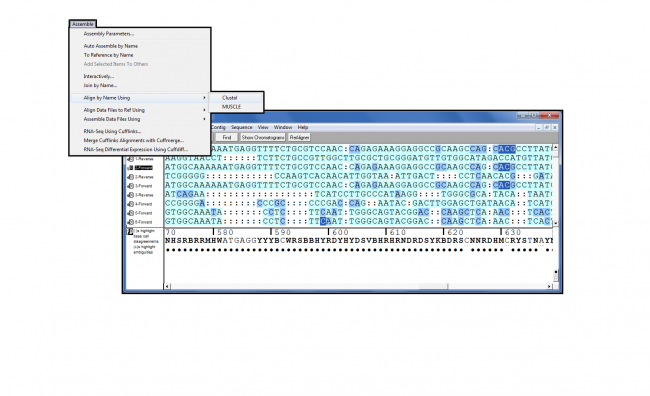
The latter can be used directly for protein. protein.reverse contains the reverse nucleotide sequence of all the clones in one appended file, and ame1 contains the translated version of input file. The files are located in the same directory as the input files. xtable_1.8-4 httpuv_1.5.4 openssl_1.4.3 munsell_0.5. The program creates two output files in FASTA format. At this point, accessorID now contains the Accession ID in the format that we expect from File 2. We use accessorIDWithArrow 1:-1 to chop off the first and last characters in the string which are the > symbol in the front and a blank space in the rear. withr_2.3.0 mgcv_1.8-31 pillar_1.4.6 units_0.6-7 Next, take the first part of the split as specified by splitline 0. Loaded via a namespace (and not attached): AnnotationDbi_1.50.3 VariantAnnotation_1.34.0 stats4 parallel stats graphics grDevices utils datasets methods base LC_NUMERIC=C LC_TIME=Swedish_Sweden.1252

LC_COLLATE=Swedish_Sweden.1252 LC_CTYPE=Swedish_Sweden.1252 LC_MONETARY=Swedish_Sweden.1252
#SEQUENCHER EXPORT FASTA AS ONE FILE WINDOWS 10#
Running under: Windows 10 圆4 (build 19042)

I would like to get the sequence of each one of the SNPs from my fasta.įor that, using R I loaded the vcf file and extract a genomic range object from it using the commands: vcf.fnchr7:88167220-88167222Īnd here is my sessinInfo > sessionInfo()

I have a fasta file that corresponds to my reference genome and a vcf file that corresponds to the SNP call of my data.


 0 kommentar(er)
0 kommentar(er)
